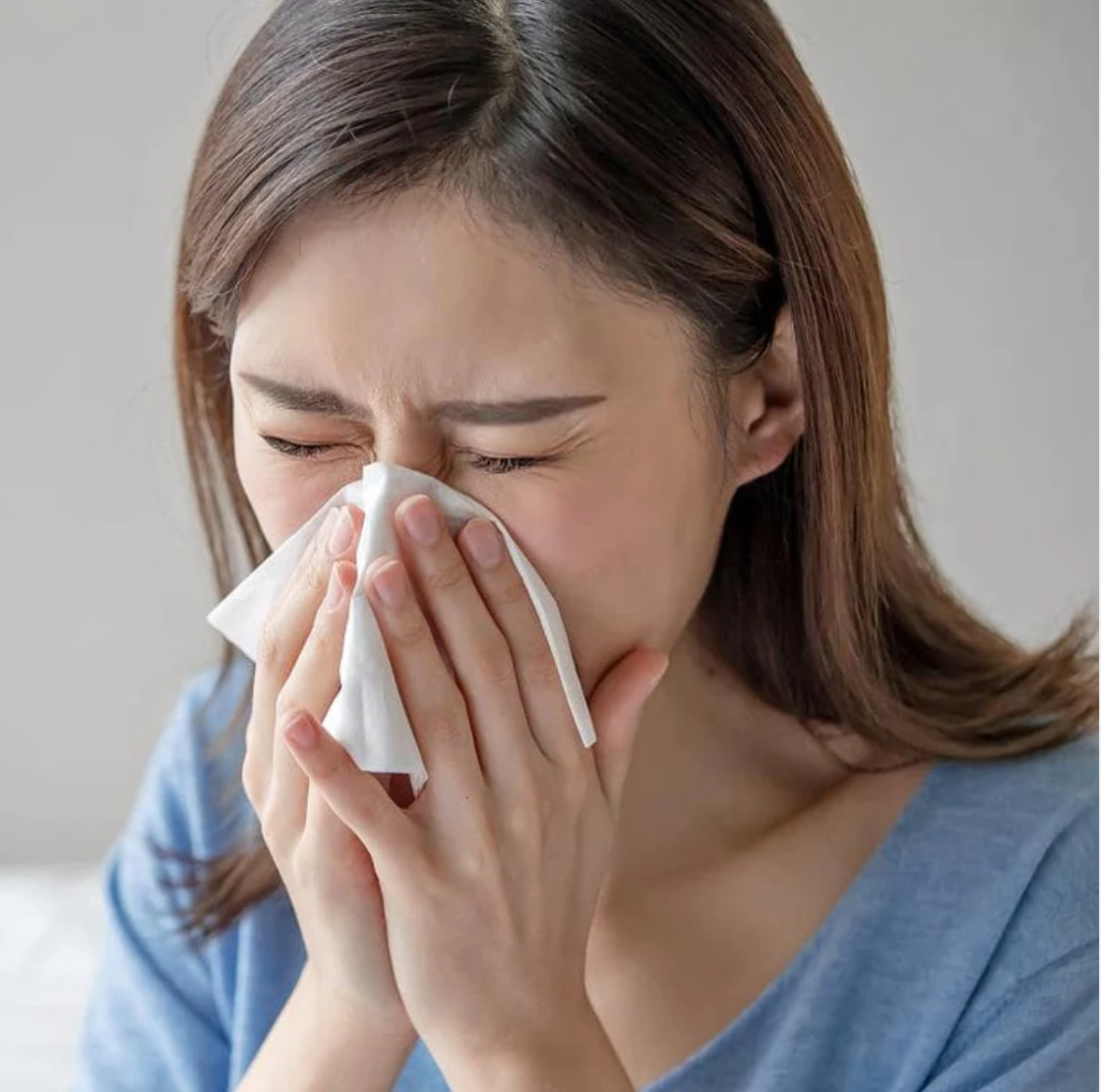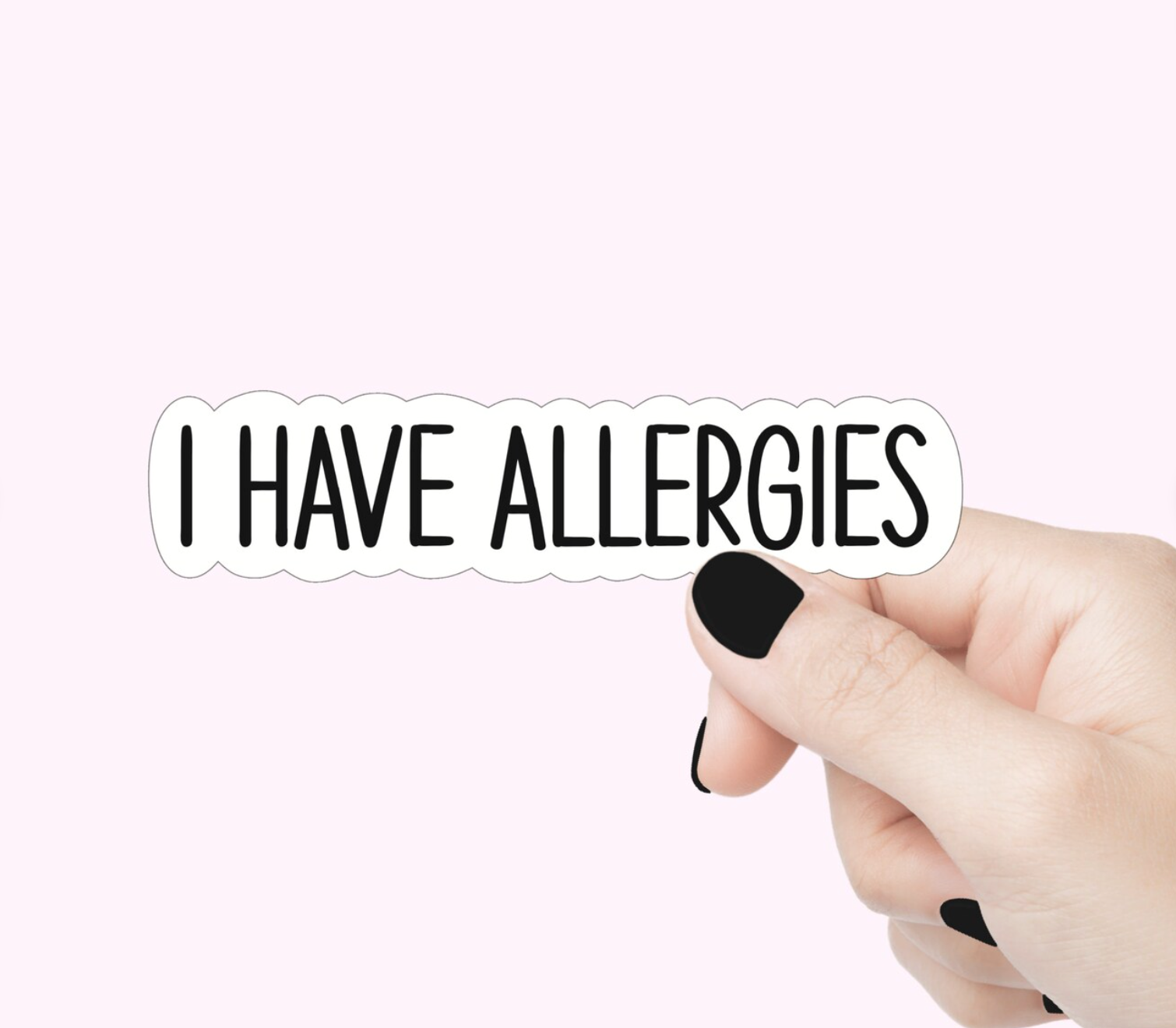Part 2: Identifying Fragrance Allergies

In Part 1 we examined the differences between fragrance allergies and fragrance sensitivities, now we’re going to take a closer look at what a fragrance allergen is, how to spot them in products, and how transparency could reduce their impact.
Allergens Generally
An allergen is any substance that causes an allergic immune-mediated response (see Part 1 for an explanation of this process). Most fragrance materials are haptens, which are small molecules that become allergens after attaching to a carrier such as a protein. Haptens can further be categorized as prehaptens or posthaptens, but this difference is not always clear, and both elicit an immune response.
Some fragrance allergens, that typically are also carcinogenic, mutagenic or reprotoxic substances (CMRs), are banned by regulatory bodies such as the European Commission or Heath Canada within their respective jurisdictions. Other allergens have voluntary, but widely adhered to, limits suggested by the International Fragrance Association (IFRA). But most allergens go unnoticed in products by consumers because they are covered by the broad term “parfum” in ingredient lists and most consumers do not develop allergies to the substances.
The 26 EU Fragrance Allergens
In the EU, in accordance with Regulation No. 1223/2209, perfume aromatic compositions and their raw materials can be referred to as “parfum” in cosmetic ingredient lists, except for 26 fragrance allergens that are subject to individual labelling conditions such as benzyl salicylate and linalool. These allergens must be identified in the ingredient list if their concentration is above 0.001% in leave-on products and 0.01% in rinse-off products. This enables consumers to identify some of the most common allergens in their products.
Health Canada has recently proposed regulation to require fragrance allergens be disclosed on product labels, similar to the regulations in the EU.
Coming Soon to a Label Near You?
Based on a 2011 opinion from The Scientific Committee on Consumer Safety (SCCS) the European Commission has proposed expanding the list of allergens required to be identified from 26 to 82. A full list of the proposed materials can be found here. An additional 47 substances have limited testing data but are likely allergens. As testing expands will we see even more ingredients called out on product labels?
Concerns about how increased ingredient identification would impact packaging have been raised. If every known or likely fragrance allergen had to be listed, ingredient lists may not fit on small product packages. Reducing packaging is another important goal of clean beauty and should not be sacrificed for ingredient transparency. E-labelling may be the solution the industry needs. QR or bar codes can be placed on packages to easily access websites with full ingredient lists, not just allergens. State of Change already uses this method. As highlighted by the European Commission’s Impact study on fragrance labelling on cosmetic products e-labelling requires certain technological considerations but can be an effective option for products with limited packaging area.
Increased transparency means easier decision making. Allergy patch tests are limited with respect to fragrance allergens. But, if scented products had a full ingredient list on packaging, or online, and you were experiencing allergic reactions to a group of products you could compare the ingredient lists where a common culprit or two may reveal itself and you can try avoiding those substances in the future. It is not a perfect solution, and companies should try to minimize use of known common allergens, but as consumers become accustomed to seeing fragrance ingredients on labels, they may begin to feel more comfortable choosing products that are the best for their bodies.



